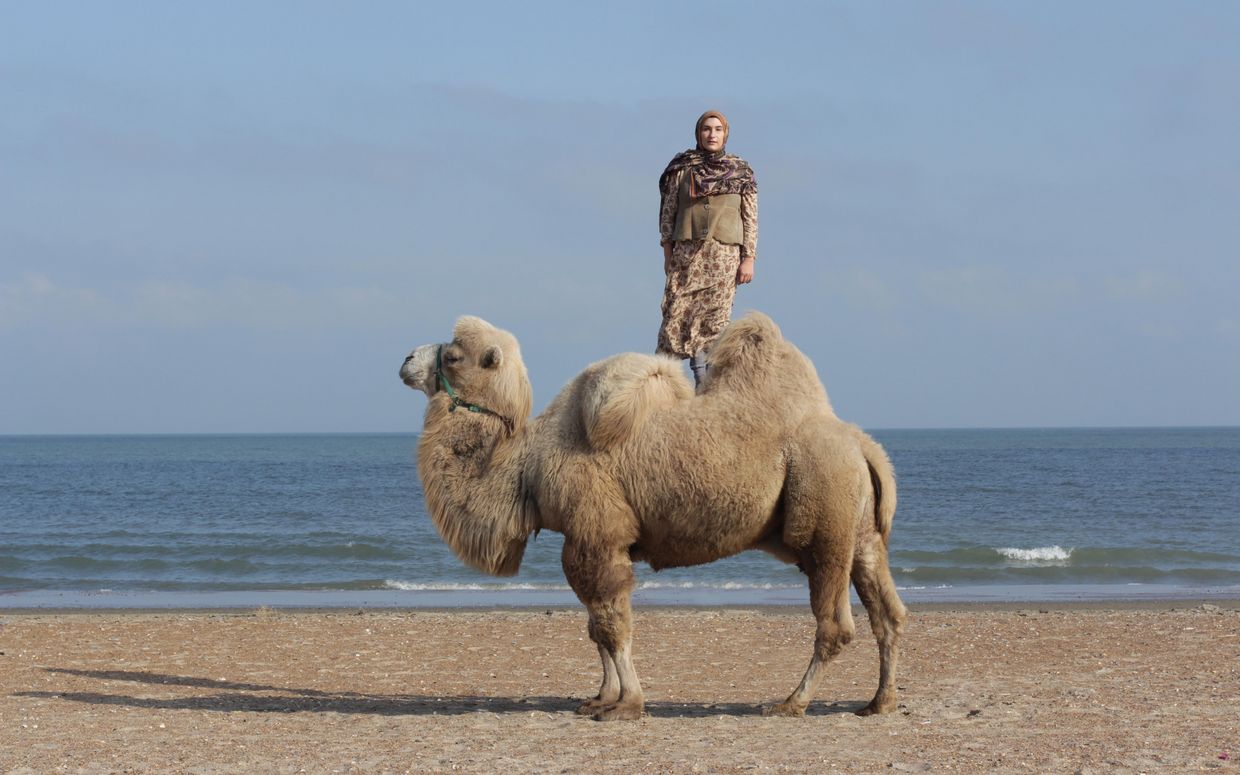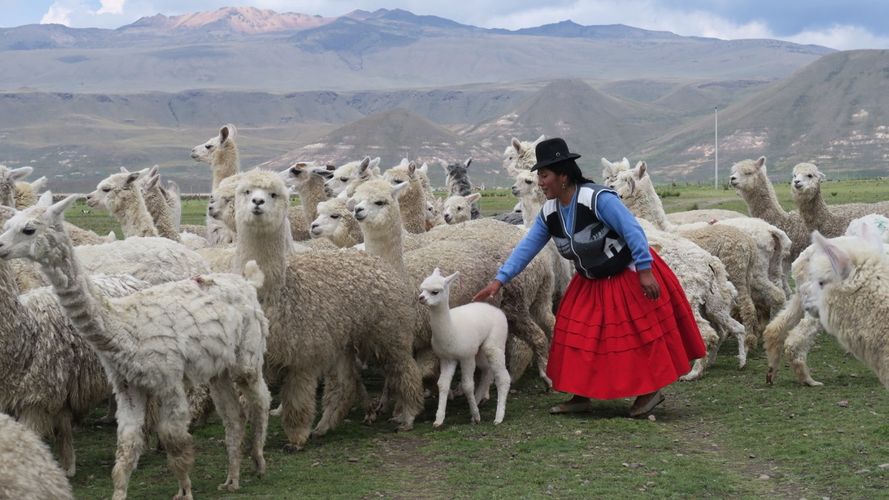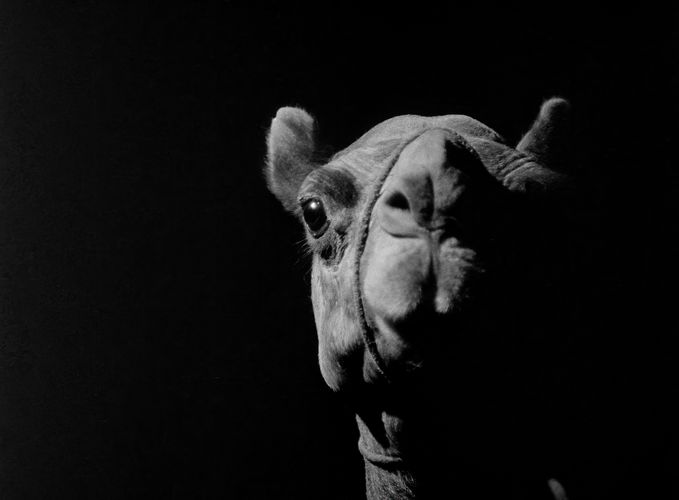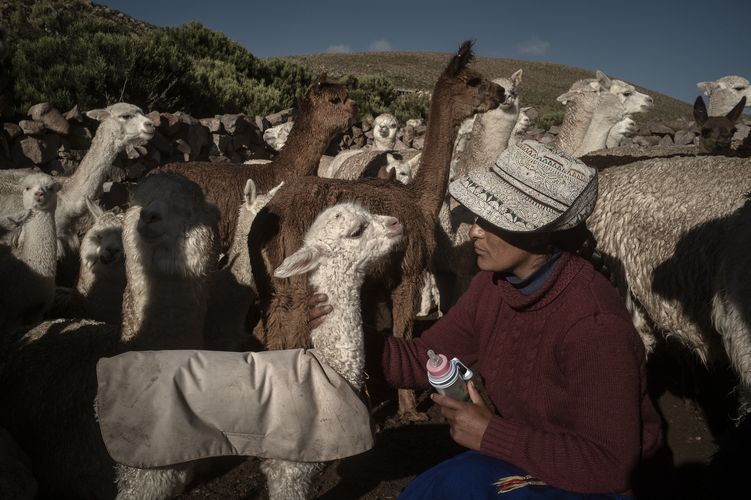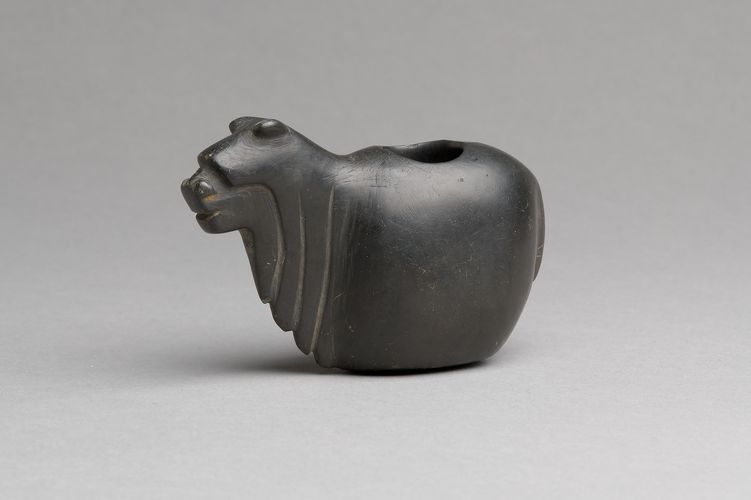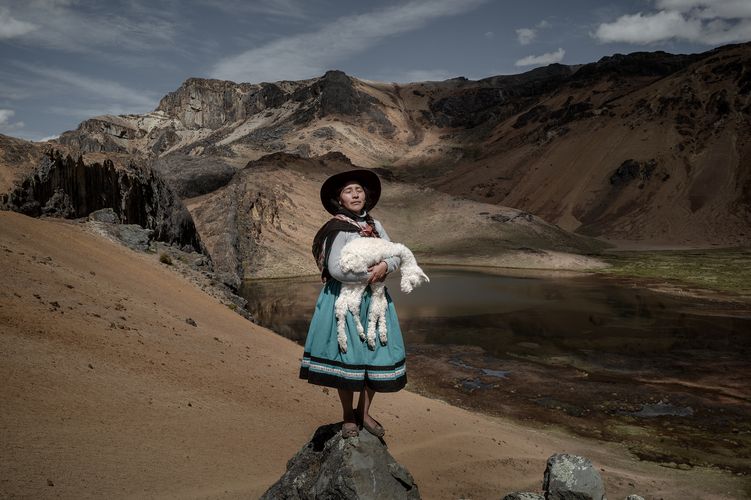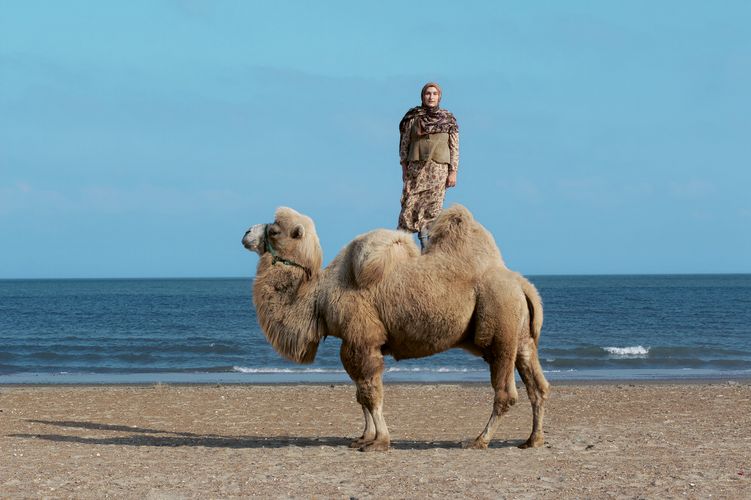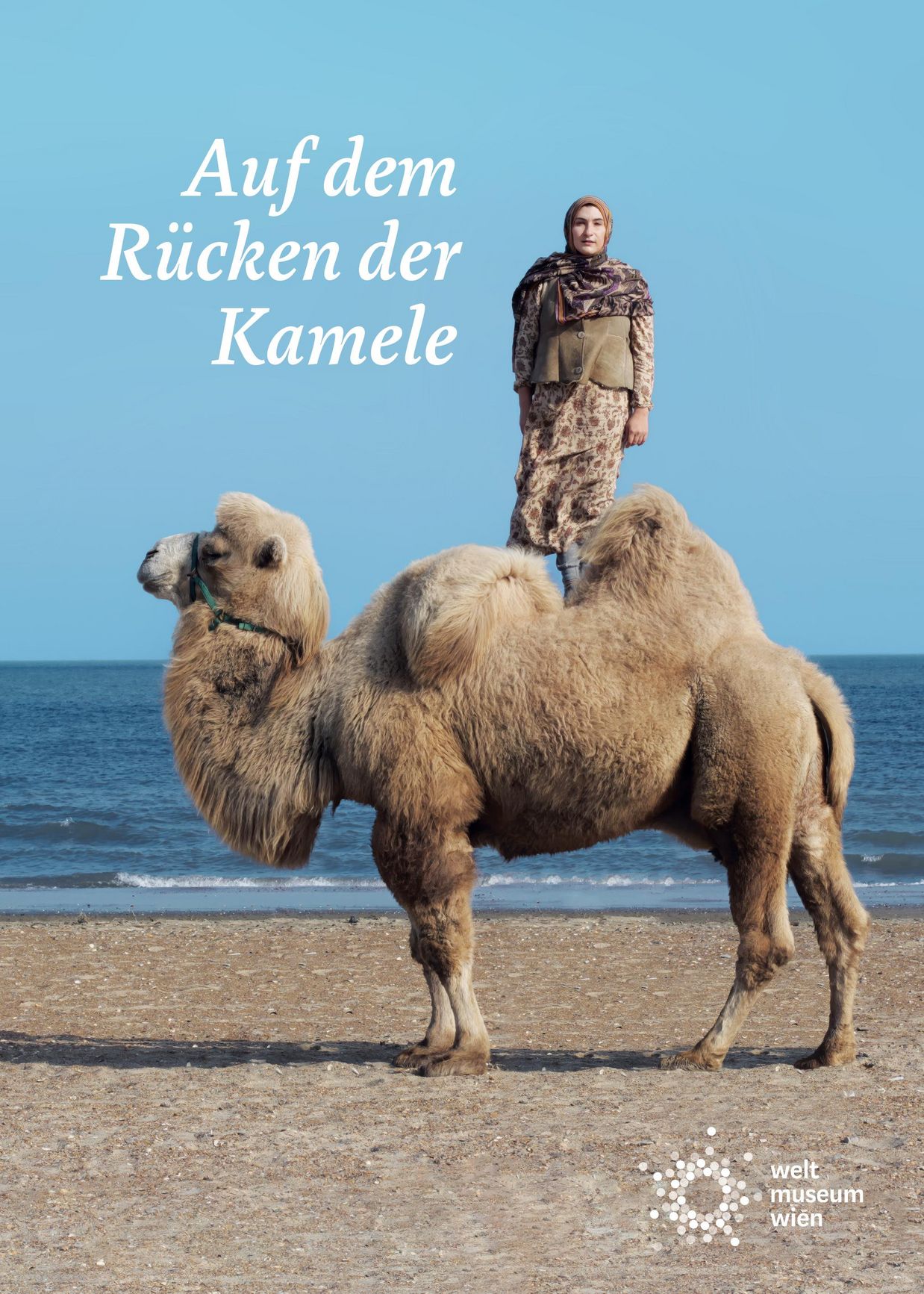About the exhibition
Featuring films, photographs, artworks, and artefacts from the collections of the Weltmuseum Wien, several of which will be on public view for the first time, and with numerous loans from other institutions, the exhibition in six galleries narrates encounters with camelids past, present, and future.
The exhibition’s thematic arc extends from the first camels, which evolved in North America, how they were domesticated, spread across the world, and are kept today as universal livestock that have contributed to human survival.
The opportunities afforded by the extensive use of products derived from camelids establish a bridge to the present and also point to the future: to address climate change, camelids have emerged as a bearer of hope in medicine, nutrition, and the textile industry.
The United Nations General Assembly has declared 2024 to be the International Year of the Camelid. The Weltmuseum Wien presents the exhibition On the Backs of Camels as part of Austria’s international commitment to the above initiatives.
Daily (except Monday)
10 am to 6 pm
Tuesday
10 am to 9 pm
Neue Hofburg, Heldenplatz
1010 Vienna, Austria

